A skill that many often underestimate until it is necessary is writing a formal letter.
Whether you need to write it for a job application, a complaint, or an official inquiry, when done correctly, a formal letter might be the thing that sets you above the rest.
It is comparable to dressing well for an important meeting, where your impact is felt before you even make your first statement.
The good news is that it is not all that hard to write a formal letter once you have the formula down. With a well-defined structure in place, you can write a letter for just about any situation.
The formal business letter format can serve to reliably represent you in writing every time.
With modern writing tools, especially the AI-driven generators, formatting and writing of formal letters are very easy.
This guide contains everything you wish to know about formal letters.
We will give you step-by-step instructions, real-life examples, and discuss ways to automate the whole writing process using AI.
Key Takeaways
- Formal letters follow a standard structure—including sender’s address, date, recipient’s address, salutation, body, and closing—which ensures professionalism and clarity.
- They’re essential for official communication, such as job applications, complaints, academic requests, or business inquiries, especially when a personal relationship with the recipient doesn’t exist.
- Modern AI tools like Cover Letter Generator and AI Humanizer simplify the writing process, ensuring proper formatting, natural tone, and effective communication.
- Common mistakes to avoid include overly wordy sentences, inconsistent formatting, and inappropriate tone; keeping the letter concise and well-aligned is key.
- Undetectable AI’s suite of tools helps users create polished, human-sounding letters that meet formal requirements without sounding robotic or generic.
What Is a Formal Letter?
In a world of instant messaging: e-mails, DMs, and voice notes, formal letters remain relevant.
When something really matters to you and you want people to take you seriously, you have to sit down and write a decent letter.
That’s where the correct format for a formal letter makes all the difference.
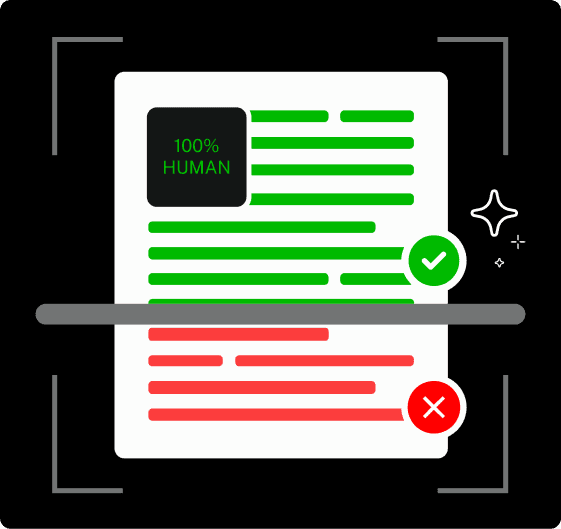
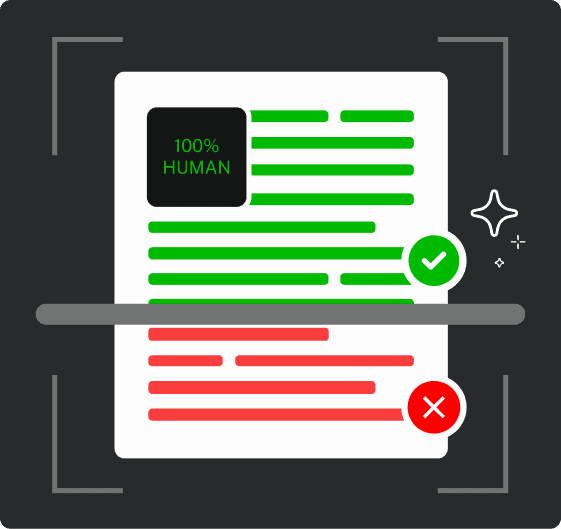
Never Worry About AI Detecting Your Texts Again. Undetectable AI Can Help You:
- Make your AI assisted writing appear human-like.
- Bypass all major AI detection tools with just one click.
- Use AI safely and confidently in school and work.
Whether it’s a new job application, a complaint, or a request, the letter’s formality says that you mean business.
At its core, a formal letter is just a message; the kind of message you send to someone in a work environment, especially if you don’t have a personal relationship with the person.
You could be writing to a hiring manager, a government office, an administrator of a school, or a firm you intend to partner with.
The formal letter structure is what differentiates it from all other letter types.
It has a special flow that keeps things to the point and organized, so that you can be taken seriously.
The structure has remained the same through different ages for a reason; it works.
That doesn’t mean writing one has to feel like a chore. Honestly, it’s just a formula you can follow. Begin with your address, date, who you’re addressing, greeting, and then come to the point.
Lastly, close politely. It’s just like turning up at a meeting in a clean, pressed suit; it demonstrates that you are prepared.
You can save yourself the stress of writing from scratch with our Cover Letter Generator.
It takes care of the format for you, spacing, sections, and all, you just add your words.
As we go through this guide, I’ll show you exactly how to format a formal letter step by step, with no guesswork.
Standard Business Letter Format (Step-by-Step)
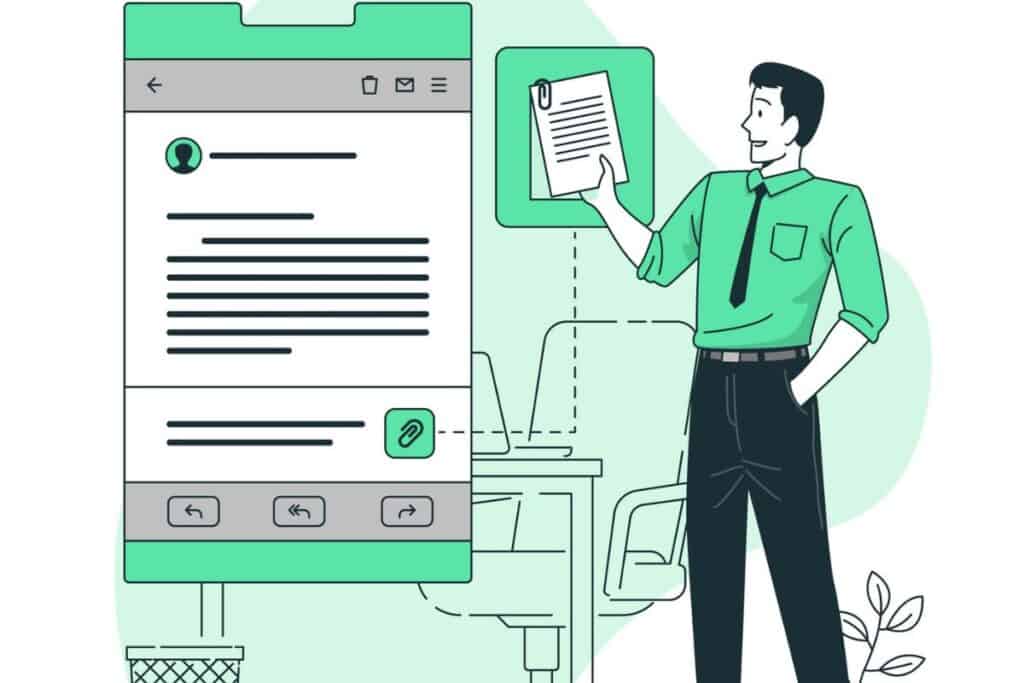
Proper formatting of a formal letter is not only pleasing to the eyes of the reader; it also reduces the chances that the recipient will miss your message.
The popular formal letter format has been around forever because it’s useful.
Once you’re comfortable with it, you can use it for anything, whether it is a job application, request, complaint letter, or academic correspondence. The list goes on.
Here’s a more detailed, step-by-step breakdown of how to write a formal business letter from beginning to end. Do this, and you’ll never wonder about your letter structure again.
Sender’s Address
Every business letter begins with your address at the top, or in an easily accessible place.
It will not include your name except in the signature line. This usually includes street name and number, city, state or province, and postal code.
Whenever you are writing as a representative of a business, give the official company address.
Your address helps the recipient know exactly where to respond.
Even if you’re sending the letter by email, it’s still good form to include a physical mailing address at the start, especially for business letter format.
Example:
123 Elm Street
Brooklyn, NY 11215
Date
Skip a line under your address, then type the date. The date that appears here should be for when you are writing and not when you plan to send the letter. Also, if you work internationally, write the date this way: “July 7, 2025.” It is most preferred. This is a little touch that some people may find useful in date-tracking scenarios (say, involving schools or legal correspondence).
Example:
June 17, 2025
Recipient’s Address
After the date, leave another space. Then start typing the complete mailing address of the receiver. First, type their name and title, then type their organization name. Lastly. Type in the street address. Ensure to always get the correct complete information. It shows that you have respect for the receiver.
Example:
Ms. Olivia Daniels
HR Manager
BrightStart Solutions
456 Market Avenue
Chicago, IL 60611
Salutation
Now, you are ready to say hello to the person to whom you are writing. In case you are using a formal letter format, write “Dear”, the title, and the full name of the individual. Suppose you don’t know the name, go with “Dear Sir or Madam,” but do try to get a name if you can. A comma comes after the salutation. As much as possible, avoid informal greetings such as “Hi” and “Hello” in a business letter.
Example:
Dear Ms. Daniels,
Body of the Letter
Boldly set out your point in the opening paragraph of the letter. Begin by stating why you are writing in no uncertain terms in the very first line. No need to beat around the bush with extremely long introductions or pleasantries. Get to it.
Middle paragraphs should elaborate on your intent. Group ideas into separate paragraphs to help the letter be clear and easy to read. End the body by summarizing your main point. Suppose there is a need for a response or action, it needs to be stated clearly.
Example:
I am applying for the Marketing Coordinator position, as seen on your website. I have over 3 years in content creation and digital marketing, so I will not find it difficult to adapt to BrightStart Solutions.
In my current position, I have boosted brand exposure by 40% through social media ads targeted at niche groups, combined with email marketing plans. One thing that attracts me to BrightStart – its commitment to community outreach and educational programs.
I would welcome the opportunity to discuss how my skills can be beneficial to your company. Thanks for doing this!
You may tell yourself, “This is great, but I can’t write like this.” Here’s the good news.
With our AI Chat, you can build your own formal letter that you can send with your CV.
Just write your basic information in the chatbox: who the letter is to, what you are writing about, and a few lines about yourself, and the tool will produce a full letter draft, properly spaced and structured.
To make it even easier, we’ve integrated this feature right into our AI chat.
Just start a chat, provide your details, and watch the draft come together instantly on your screen, ready to copy, paste, or download.
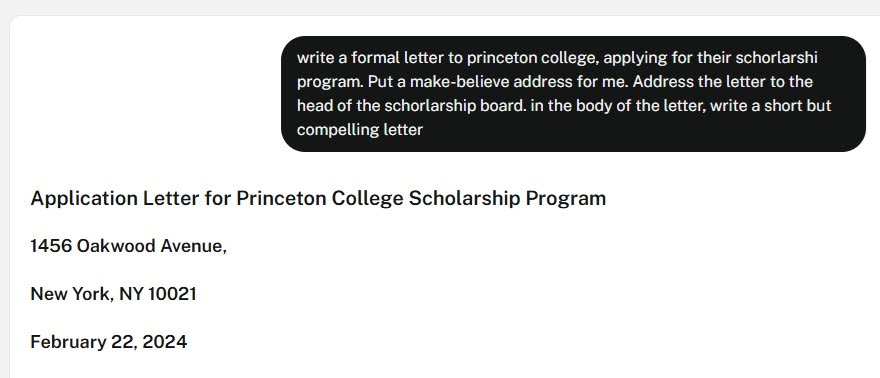
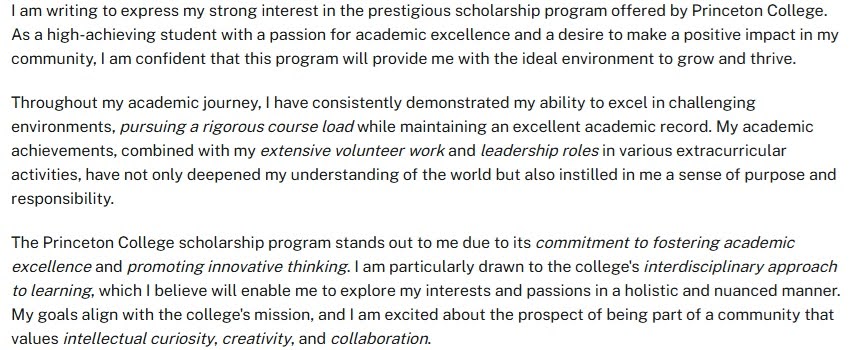
Closing and Signature
At the end of your letter, type your full name and title. Close with “Sincerely,” “Best regards,” or “Respectfully,” and sign your full name.
Whenever you are mailing a hard copy, include a space for writing your name above your typed name at the end of the letter. Suppose you’re communicating via email, your typed name is also acceptable.
Example:
Sincerely,
Jordan Perez
When you write on behalf of a company, you can even add your job title underneath your name.
Remember, if you would rather let someone else handle the whole writing and formatting process, you can use our Cover Letter Generator to quickly create and expertly format your letter from start to finish.
It’s created to be a time-saver that gives you maximum control over your content.
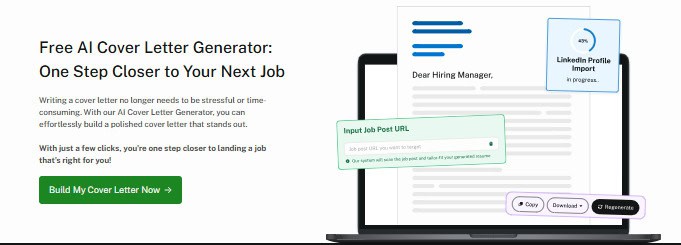
Formal Letter Formatting Tips
Even if you have the format figured out, you might make a small mistake that makes the letter sound weird.
The truth is that readers notice even the smallest of details, from spacing to aligning and even wordiness.
The standard mistake to make is to word-stuff the letter. You might think that adding extra sentences will make your letter sound fancier, but for the most part, it has the opposite effect.
Even when you’ve followed proper business letter formatting, there may be subtle mistakes that make your writing look unprofessional.
The truth is that people notice the little things, and there are quite a few things to be cautious of: spacing, alignment, and wordiness.
Perhaps the most common mistake to make is to use too many words. While being grand may seem more obvious to make your letter lofty, quite often, less is more.
A great business letter format is clean, clear, and doesn’t waste the time of the one reading it.
Try to make it one page if possible, particularly for a school or for formal documents.
Suppose you’re wondering whether your letter is running too long or too short, our Word Counter can help.
Use it to instantly check your word count, making sure your formal letter is the right length for the situation.
Whether you’re writing a detailed letter format formal for business or a brief inquiry, this tool keeps your writing sharp, to the point, and properly sized.
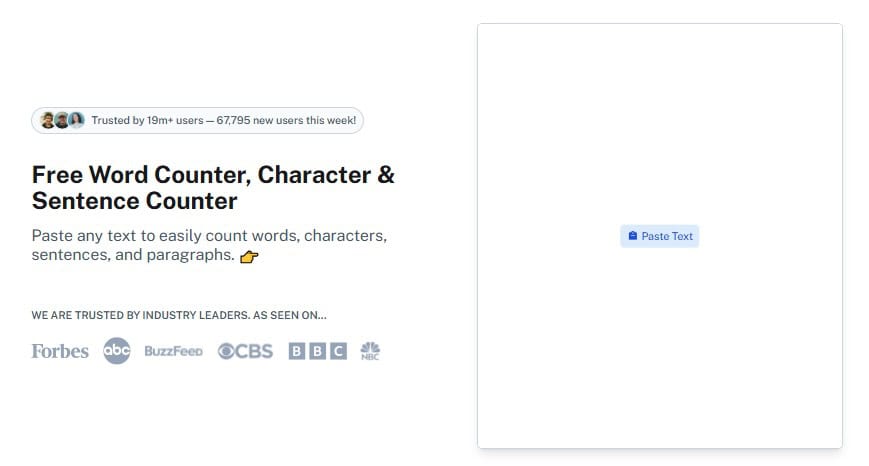
Using different or non-uniform fonts is another error.
Applicants need to use professional yet readable fonts such as Times New Roman, Arial, and Calibri, and have the text left-aligned with margins of one inch each, reasonably formatted, especially in the body of the letter itself.
Before hitting send or printing, read your letter one more time! The format is as much of a statement as the words themselves.
Title Your Letter (and Subject Line) Like a Pro
Before you send or print, make sure the title/subject line and file name read as professionally as the letter itself.
Use our Undetectable AI’s AI Title Generator to instantly craft precise, formal subject lines, headers, and filenames for business or legal correspondence.
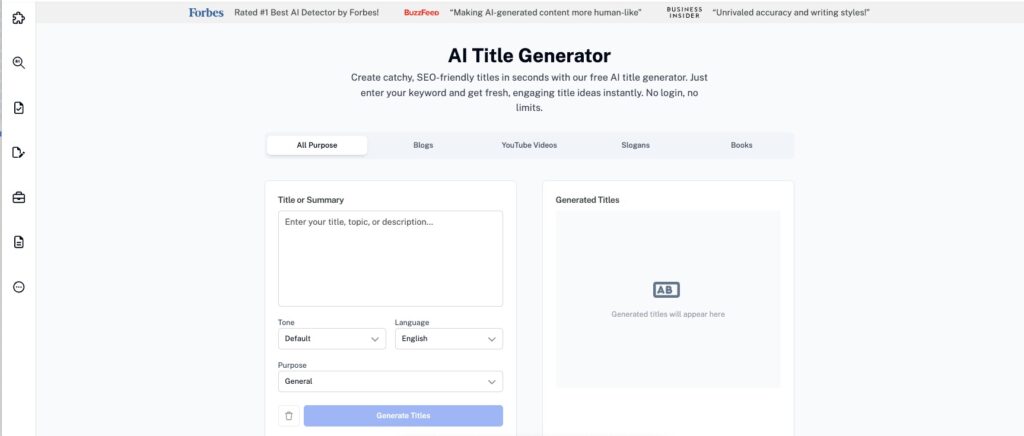
Enter the purpose, parties, and effective dates, and get polished options that look right in an inbox, document header, or records system.
Try formats like:
- Subject (email):
Request for Meeting — Q4 Vendor Contract Renewal - Subject (legal):
Notice of Termination of Lease — Unit 4B (Effective Nov 30, 2025) - Subject (accounts):
Demand for Payment — Invoice #84217 (Past Due 30 Days) - Filename:
ABC_Corp_Notice_of_Breach_2025-11-30_JPerez.pdf
Clear titling helps recipients triage quickly, supports compliance and record-keeping, and prevents your letter from getting lost in a crowded inbox.
Examples of Formal Letters
Now that you know how to write a formal letter, let us show you how to choose the formal letter format for your needs.
Different formats have their uses but share a common structure. No matter the kind of writing you are doing, it helps to have a few examples in mind.
- Job Application Letter: An application letter is one of the most common types of job letters. It’s your opportunity to present yourself to a potential employer, explain why you’re interested in the position, and demonstrate how your skills match the organization’s needs. Thanks to tools like our Cover Letter Generator, the process of making these letters with the right formal business letter format is quick and painless.
- Business Inquiry Letter: A business inquiry letter is another type of business letter. Perhaps you’re contacting a company to inquire about a product or service, or to submit a proposal. Adopting a business letter format when writing a business message conveys that you’re all business, for real.
- Complaint Letter: There’s the complaint letter, which has a lot of structure to it. In the mood to set the record straight as regards a product or service? A smoothly written, courteous complaint letter stands a better chance of getting you to your desired resolution. It maintains the clarity and professionalism of your argument, something that, for some reason, often produces quicker, richer responses.
- Academic Request Letter: The academic request letter is used to make contact with schools or universities, typically to request a transcript, recommend a student to a university, or to appeal a decision made by a school’s admissions body.
Whether you’re drafting a letter to a potential employer, a cover letter for a job application, or a letter to a government official or a television network.
Regardless of the type of letter you’re writing, the rule is the same: structure equals clarity equals results.
When to Use a Formal Letter Format
A formal tone and layout aren’t always required for every writing.
Sometimes a brief text or informal email does the trick.
However, if it feels important when you are communicating with someone in an official capacity, you have to use a formal letter format.
Applying for a job or scholarship?
Inquiring with a business that you’re not personally familiar with? Filing an official complaint or requesting information from a school or government entity?
As far as letters go, it is expected to be “letter format formal.” Professional sentence structuring shows that you value their time and that you know what professional communication looks like.
Don’t know whether to be formal or casual?
Give yourself a very simple test: Would I talk to this person like she were a good friend? In the case where the response is no, it’s better to turn to a formal letter.
How Undetectable AI Tools Can Help
Formal letter writing doesn’t have to be a lonely endeavor. In reality, with the right tools, you can make the entire process easy and doubt-free, and maybe even fun.
Whether you’re working on a job application, composing a complaint letter, or putting together a formal request, AI-powered writing tools can make your life easier and your letters better.
The problem many people run into is sounding too robotic or awkward, especially when they’re following a strict formal letter format. That’s where undetectable AI tools come in.
These tools help shape your writing so it reads naturally, stays professional, and fits the situation perfectly.
Better yet, they help you avoid sounding like a copy-paste template. Everything still sounds like you, just sharper, clearer, and better organized.
Here’s a breakdown of what these tools can do and how they fit into writing a formal business letter format:
| Purpose | Tool | What It Does |
| Writing professional letters | Cover Letter Generator | Automatically builds a full, formatted letter with all required sections. |
| Ensuring a natural, human tone | AI Humanizer | Makes AI-generated content sound like it was written by a real person. |
| Simplifying or rewording content | AI Paraphraser | Rewrites long or complicated sentences for clarity and flow. |
| Adjusting tone for formality | AI Humanizer | Refines wording to match the tone expected in formal communication. |
| Formatting and word count checks | Word Counter | Helps you hit the right word count so your letter isn’t too long or too short. |
| Generating custom letter examples | Ask AI | Provides examples tailored to your specific situation or audience. |
These are not merely time-saving tools; they help guarantee that your letters convey the right tone every time.
Whether it is a school formal letter format or a thorough business inquiry that you need to write, don’t stress yourself with the structure.
All of these tools complement one another. You can write the letter, tweak the language, triple-check the tone, and even make sure you have the right number of words.
No jumping between tabs; no second-guessing.
Our AI Rewording Tool rephrases formal letters and business communication for clarity and tone consistency, improving flow and removing wordiness.
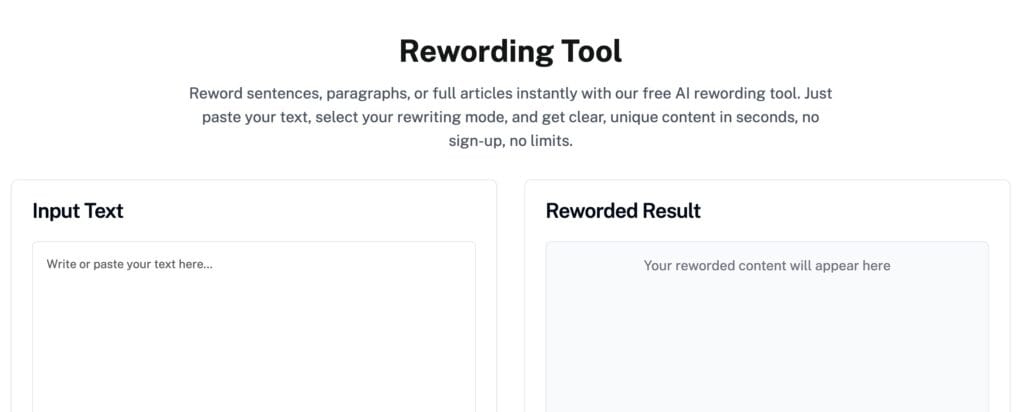
It can also help you refine drafts that feel too stiff or robotic, turning them into smooth, professional messages that sound naturally written.
Want to see our AI Detector and Humanizer in action? Check them out in the widget below!
Conclusion
Writing a business formal letter should not be a puzzle.
Once you understand the structure, writing one is easy.
With well-organized sections, a respectful tone, and the proper structure, you’ll easily navigate through job applications, formal complaints, academic requests, and business queries.
With tools like our Cover Letter Generator, AI Chatbot, AI Humanizer, AI Paraphraser, and Word Counter, you will have help at every step, from the first sentence to the final stop.
No more pondering about whether your spacing is right or your tone is unnatural. Our tools sort it out for you, ensuring your writing is at its best and your story belongs to you.
Try Undetectable AI today and write with confidence.
